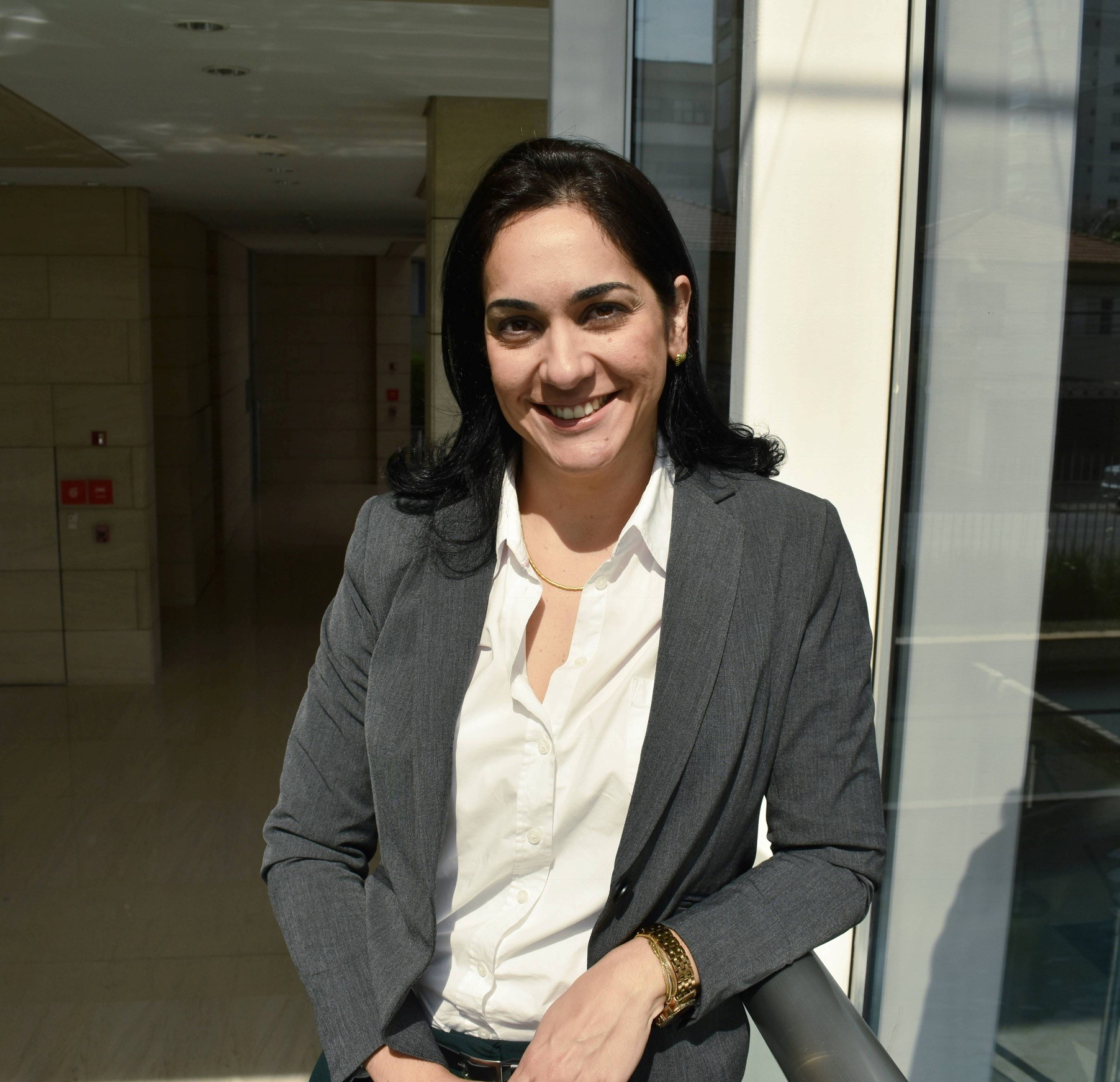In Search of a Latin American Identity for CLIL
CLIL has been the starting point for the majority of bilingual education programs and methodologies across the globe. Born in 1994 with the establishment of the European Community, CLIL was an attempt to standardize bilingual education approaches within the comunity, or at least to determine a range of practices that, based on a common concept, could be considered efficient to lead to various levels of bilingualism. That’s what David Marsh (the leader of the group that coined the term in the 90s) call “the many faces of CLIL”.
The most widely used “face” of CLIL in Europe has been the teaching of one or more subjects from the curriculum in a second language. So it’s easy to perceive that this model is not sustainable in our reality in Latin America.
Teaching another subject in a second language requires specific knowledge and training (sometimes a specific degree) in the subject area involved, plus a reasonable proficiency level in the second language to be used (usually at least B2 from CEFR). These requirements limit the number of schools and most importantly of teachers able to teach this type of CLIL to only a few, and would jeopardize the goal of making bilingual education accessible to everyone.
So a different path is needed. If we cannot teach one or more subjects entirely in a second language, it is possible to teach various themes related to subject areas, providing we give the right guidance to teachers. The teachers then don’t need to be specialists in a specific subject – they only need to be good language teachers and be able to follow the guidance that there is in the teacher’s guides.
We must understand our reality in Latin America. What we can and cannot do. Look at what has been done successfully elsewhere, and then think of how we can incorporate the concept into something feasible in our context. This is just one example. More to come here. Stay tuned!





